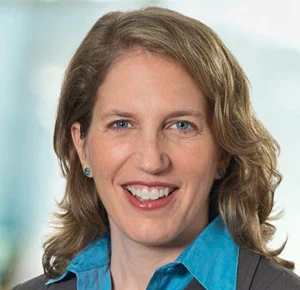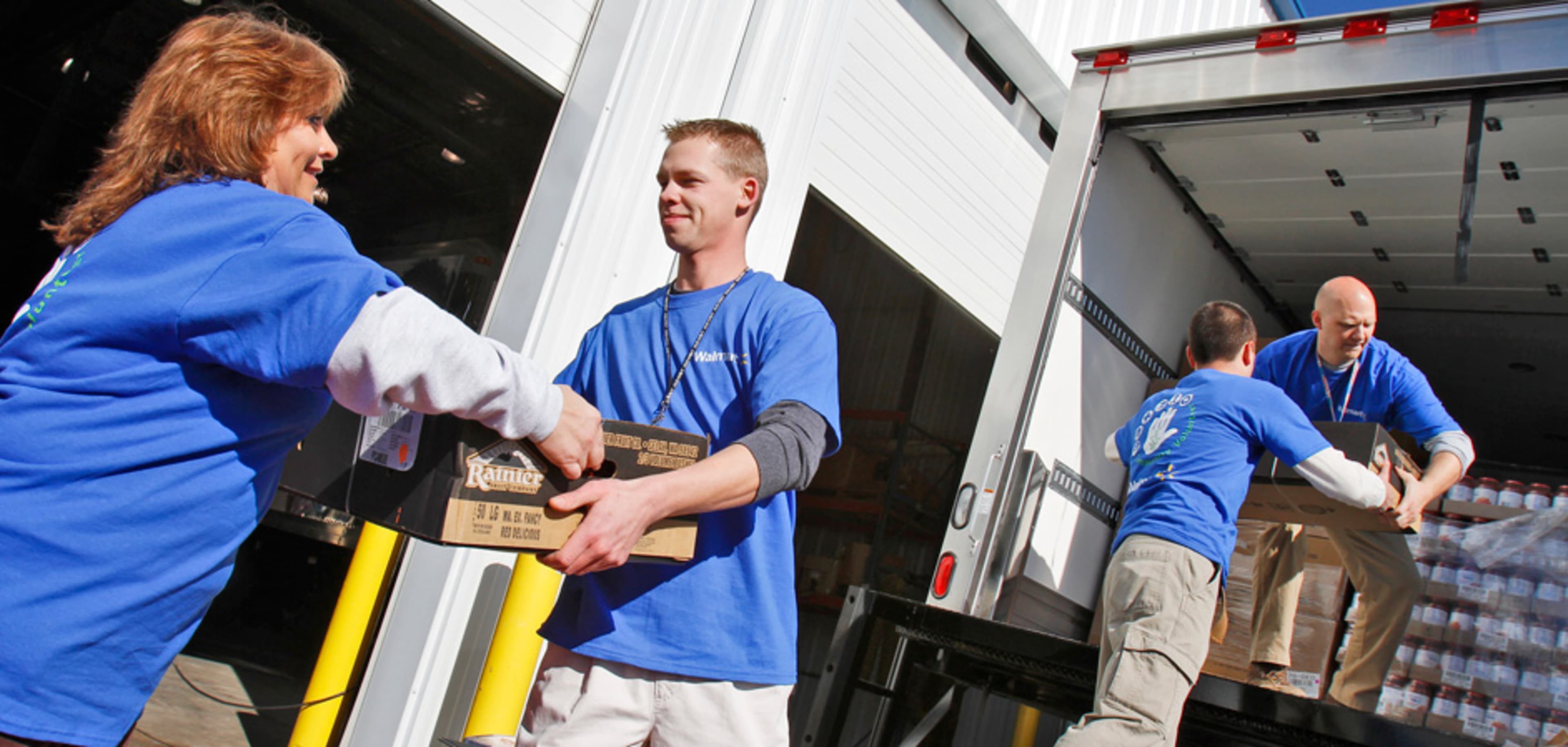Sylvia Mathews Burwell, president of the Walmart Foundation, has never met Marina, but Burwell has made a big impact on her life. Marina is the 24-year-old survivor of abuse and the single mom of a toddler whose dreams of becoming a certified teacher are being realized. Thanks to the retail giant’s pledge to help 200,000 women from low-income households get access to higher education and learn job skills, Marina was able to get paid for a six-week transitional stint at a day-care center, which ultimately led to full time employment and tuition assistance.
It’s no surprise that Burwell tells this story with an audible amount of pride. Walmart’s Global Women’s Economic Empowerment initiative is one of the biggest reasons she left her post as president of the Global Development Program at the Bill and Melinda Gates Foundation and took up residence in Bentonville, Ark.

Walmart has drawn a fair share of criticism, especially after the recent class action suit (dismissed by the Supreme Court last year) in which it was charged with discrimination against female employees. Yet nearly a year into her new role, Burwell has presided over a number of programs that benefit women, such as a $7.7 million grant for the Beyond Jobs program and a commitment to buy $20 billion worth of goods from female-owned businesses aimed at impacting the lives of disadvantaged women, both in the U.S. and abroad.
For someone who spent the last decade working with the largest foundation in the country, with about $36 billion in assets, Burwell says she was surprised at how agile the Walmart corporate juggernaut has been. In her second week on the job, she recalls having a chat with a colleague about an in-store campaign. “I thought it was just a conversation about an idea,” she admits. “Not even three weeks later there was a plan in place.”
Likewise, when Walmart announced it would help the victims of hurricane Sandy, within hours of a phone call between Burwell, New York’s Governor Cuomo, and key staff from Walmart’s logistics, transportation, replenishment, and markets teams, truckloads of food were being delivered to the Javits Convention Center in Manhattan for distribution. “The speed and ability to deliver really surprised me,” she says.
Things are about to get even faster. Burwell says that the Walmart Foundation is going to begin working with @WalmartLabs, the retailer’s Silicon Valley-based brain trust. WalmartLabs has already boosted the chain’s social media presence and its search engine in effort to compete with the likes of Amazon. Burwell says the Foundation is in the early stages of planning hack days for social impact, to find innovative ways to solve problems in workforce opportunity and women’s empowerment issues.
Right now, though, she and her team are getting ready to release the results of a social media campaign dubbed “12 Days of Giving” that makes grants to local nonprofits that are impacting their communities. When the initiative was launched on Facebook last year it garnered just over 5,000 nominations and awarded $1.5 million in grants to 145 organizations. This year, she says, Walmart Foundation received 21,600 nominations and plans to announce the winners starting December 10.
Next year, the Walmart staff who volunteer to vet the nominations may find themselves inundated with even more applications. But Burwell’s convinced that social media is key to making strides in corporate philanthropy. “Just as it’s used in a business to connect customers’ wants and products, in the philanthropic space you can share information in ways that will increase people’s ability to participate and to know and see results,” she explains. Social media sharing will be especially important when assisting with disaster relief, she observes. “You can increase your ability to both respond with speed and with accuracy to need.”
That’s why she says grant categories aren’t going to be set in stone from year to year. “Social media affords us the ability to be reactive to needs, the issues that are most important to people,” she says. Getting better measurements will also ensure that grants get to the right organizations. There is no shortage of worthy nonprofits doing good work in their communities, so how to get beyond the visceral response of wanting to help everyone? Burwell likens the Walmart Foundation’s decision-making process to when a VC vets a startup. “There’s the logistics and economics part,” she says. “Can the organization deliver and what type of impact are they having in their community?”
Though Burwell admits, “I probably would not be presumptuous to think that we could give lessons to other businesses,” when pressed for how any company could be a better corporate citizen, she did have a few bits of advice.
“Innovation isn’t just about technology, it’s also about trying different things,” she says. “I think that the evolution to what I call business-enabled philanthropy is one that many of us are in the midst of.” So Burwell suggests thinking in terms of circles. Companies can draw one circle around what problems they believe are acute and need addressing and a second around solutions, “Because you have to have reason to believe there will be success.” The third, and most important, is to determine what the business is good at.
For the world’s largest grocer, Burwell says hunger and nutrition were obvious choices for Walmart to try to impact. “You would expect that we would have knowledge and expertise, resources and logistics,” she says. Walmart is now tackling how best to make food affordable, accessible, healthier, and sustainably produced. Where Walmart doesn’t have the resources, for example in nutrition education, the Foundation has made $5.5 million in grants to fund learning initiatives, she says.
Smaller companies can have a big impact, too, Burwell believes, by figuring out the core strength of the business and tapping the passions of its people. Walmart associates at individual stores were eager to participate in fundraising for the Children’s Miracle Network. Their enthusiasm, in turn, helped customers engage with the effort. The more people engaging and participating, the bigger the impact. Says Burwell: “People get excited when they are part of changing the world and changing their local community.”
Find more ways to enhance your business by subscribing to the Fast Company newsletter.
[Image: Flickr user Walmart Corporate]
Recognize your brand’s excellence by applying to this year’s Brands That Matter Awards before the early-rate deadline, May 3.
